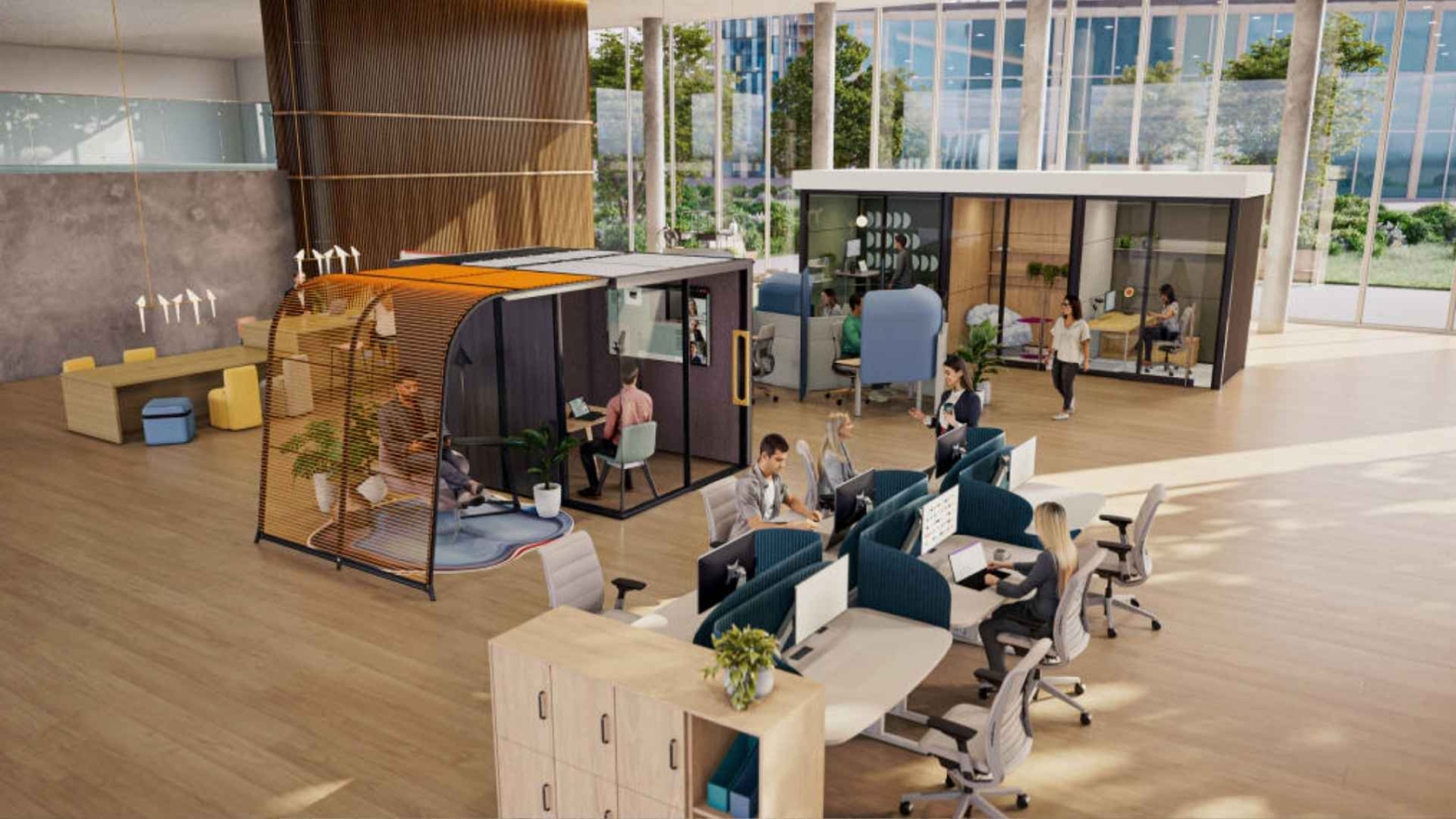Designing Workplaces Like Communities: A Fresh Lens for Create Spaces
In recent years, the nature of work — where, when, and how it happens — has shifted dramatically. Many organizations now ask: how do we design a workplace that supports flexibility, connection, and purpose? One of the most compelling responses comes from Steelcase’s concept of Community-Based Design — the idea that offices should borrow the social logic of great cities to build environments where people feel they belong.
At Create Spaces, we believe this philosophy resonates deeply with our ethos: places should not merely host work — they should nurture community. Below, I’ll walk through the core ideas from Steelcase’s piece and reflect on how they can guide our workplace design approach in real projects.
The Challenge: Work Gets Lonely on Screen
Steelcase’s research highlights one of the biggest shifts: more work is happening online, even when people are in the office. Many “meetings” are just video calls at desks, not shared face-to-face interactions.
This “living on screen” mode distances us from spontaneous encounters and the casual collaborations that often spark innovation. The upshot? Even in hybrid offices, people feel isolated — and organizations see declines in belonging, culture, and connection.
To counteract this, workplaces must do more than offer desks and meeting rooms. They need to architect social life through intentional workplace design.
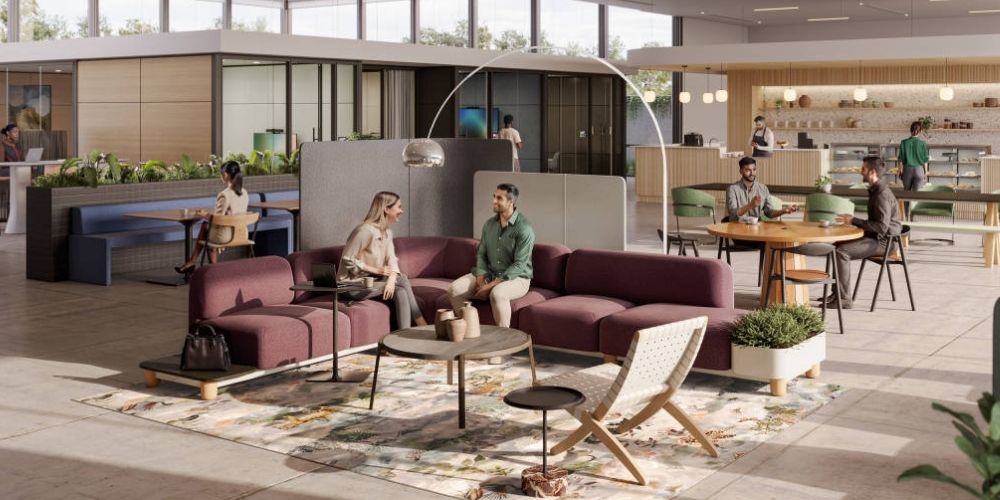
What Community-Based Workplace Design Looks Like
Steelcase’s research highlights one of the biggest shifts: more work is happening online, even when people are in the office. Many “meetings” are just video calls at desks, not shared face-to-face interactions.
This “living on screen” mode distances us from spontaneous encounters and the casual collaborations that often spark innovation. The upshot? Even in hybrid offices, people feel isolated — and organizations see declines in belonging, culture, and connection.
To counteract this, workplaces must do more than offer desks and meeting rooms. They need to architect social life through intentional workplace design.
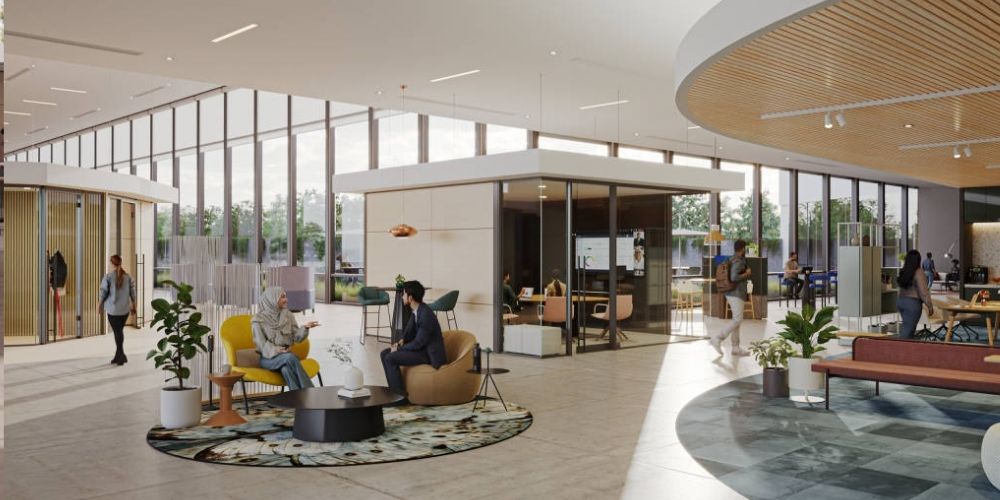
What Community-Based Workplace Design Looks Like
Steelcase draws an analogy to urban design: thriving cities are rarely cookie-cutter. They are layered — with dense public zones, quiet tucked pockets, walkable edges, and places for people to linger.
When we transfer that pattern to offices, we want:
- Diverse zones — a mix of open gathering areas, private nooks, semi-public “streets” or corridors that encourage pause.
- Connected pathways — spatial clarity that helps people move easily between function and social zones.
- Places to linger — not all spaces should scream “work mode.” Some should invite slow conversation, coffee, or informal gathering.
- Flexibility and choice — people should sense control over their environment: acoustics, lighting, privacy, all matter.
One critical insight: acoustics and visual boundaries are not mere afterthoughts. Even small adjustments — plants, mobile partitions, and careful adjacency planning — can sculpt how people perceive and inhabit a space.
Also, “quiet” doesn’t mean “dead.” Ambient sound can be healthy if thoughtfully integrated, creating zones that feel safe but not sterile.
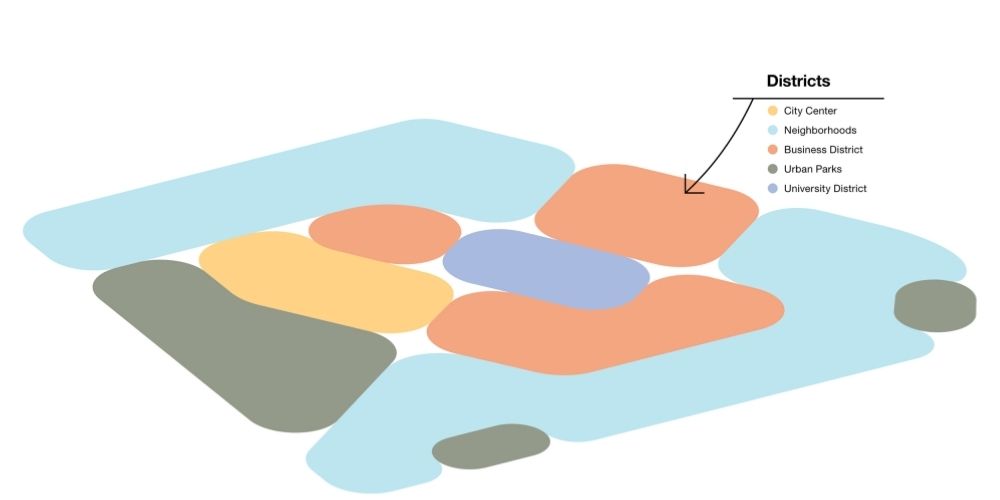
The Role of Social Infrastructure in Workplace Design
One of the more striking parts of Steelcase’s article is their nod to sociologist Eric Klinenberg, who defined social infrastructure as the physical and organizational spaces that facilitate human connection — libraries, parks, community centers.
Klinenberg’s work reminds us that the difference between a neighborhood that thrives and one that struggles often comes down to how social infrastructure is built and maintained. In a similar way, offices need social infrastructure — meeting nooks, pause zones, serendipitous cross-team paths — baked in from the start.
It’s not just about planned collaboration rooms, but about the incidental spaces where water-cooler talk, chance encounters, and spontaneous connection can emerge. That’s where culture is often made.
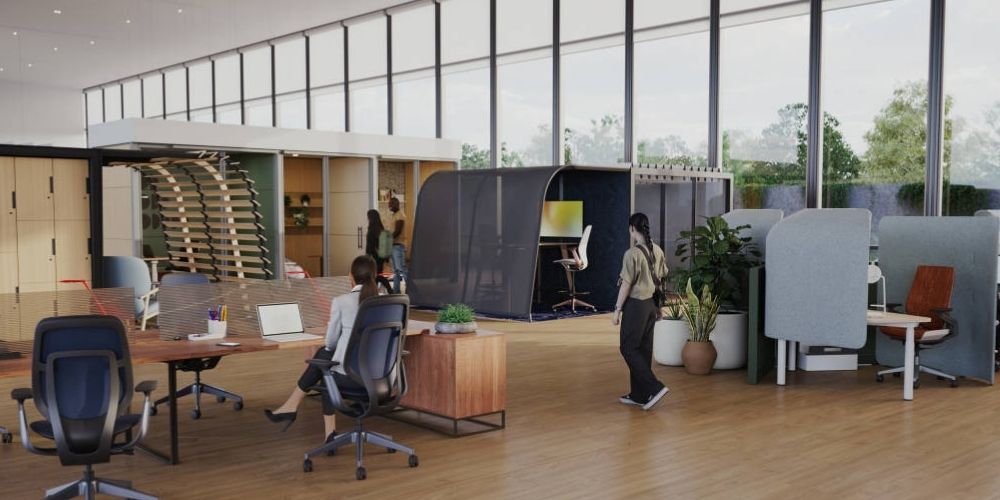
How Create Spaces Elevates Workplace Design
At Create Spaces, we’re inspired by Steelcase’s data-driven approach — aggregating order data, usage patterns, and environmental signals to spot emerging trends in how people use space.
Here are a few principles we carry into client projects:
- Begin with people, not programs. Instead of imposing a fixed layout, we start by asking where people naturally congregate, where they hesitate, and what moments currently feel disconnected.
- Layer social gradients. We build gradations: from quiet zones (focus) to semi-open (pairs, small groups) to social commons (larger gatherings). Each space has a tone, a sense of transition.
- Design for the edges. Corridors, transition zones, and nooks are often overlooked, but they’re where chance collisions may happen. We treat them as design opportunities.
- Acoustics with care. We embed absorptive materials, buffer walls, and spatial zoning early in the plan. People’s ability to focus or converse depends on this more than many expect.
- Feedback loops built in. Long before finalizing, we test temporary layouts, watch movement patterns, and adjust. Sometimes a furniture shift or a path tweak unlocks whole new behavior.
- Foster ownership. We invite users into the design process — giving teams room to adapt their zones, pick their finish palette, or customize boundary elements.
- Partner for sustainability. Like Steelcase, we believe the physical artifacts of a workplace should reflect its values. We lean into sustainable materials, circular reuse, transparency in sourcing, and design for longevity.
Final Thoughts
Community-Based Design isn’t a checklist. It’s a mindset shift: moving from designing strictly for function to designing for relationship, surprise, and belonging. Steelcase’s research in Work Better Magazine offers an excellent foundation, and as we at Create Spaces bring that into practice, our aim is to make built environments not just efficient—but alive, connective, and human.
Great workplace design isn’t about where we work — it’s about how we connect once we’re there.

